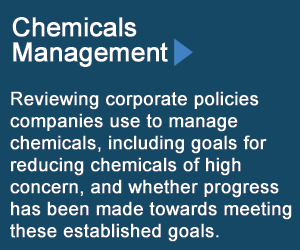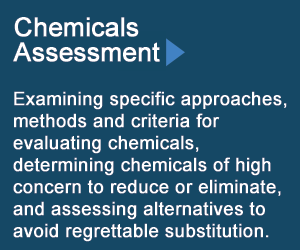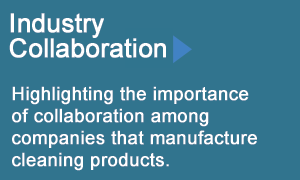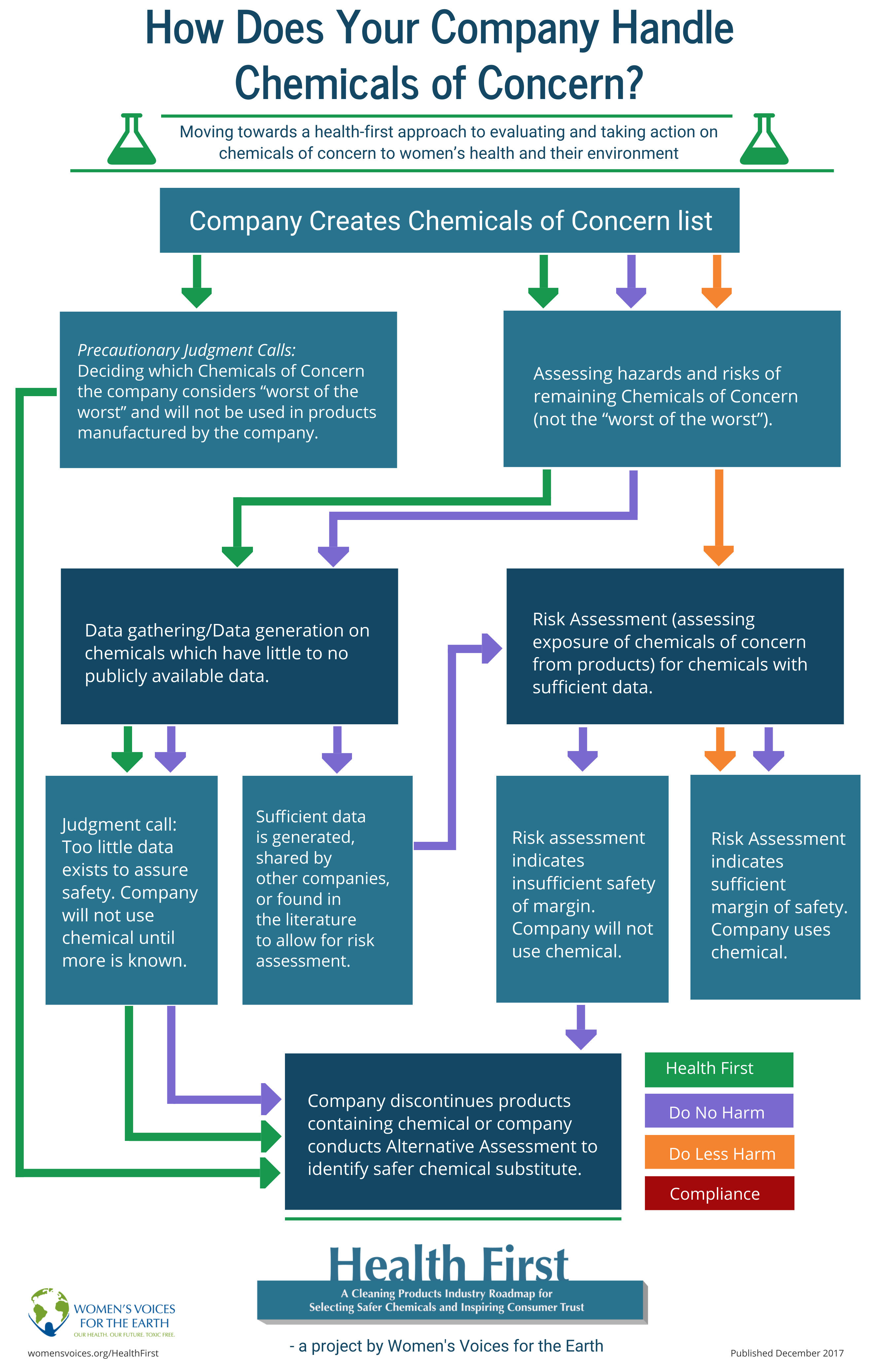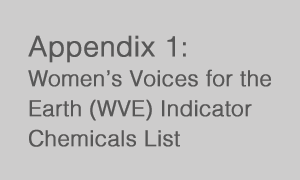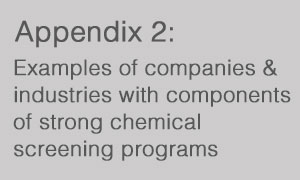Chemical Management
Companies should have a stated chemicals policy with goals for reducing chemicals of high concern and/or increasing the use of safer chemicals. Companies should measure their use of chemicals of high concern in products and progress towards using safer alternatives. This includes participating in the Chemical Footprint Project (CFP) survey, and/or using other transparent and validated tools to measure their use of chemicals of concern.
Chemicals Assessment
Companies should evaluate chemicals for safety based on health and environmental endpoints and use authoritative lists of chemicals of concern established by scientific and governmental organizations. Companies should take a hazard approach to assessments and have clear and consistent criteria for eliminating chemicals and/or establishing thresholds for chemicals to be restricted. This is important for differentiating how one company defines “safe” compared to another.
Disclosure and Transparency
Companies should publicly share information about their safer chemicals policies, practices, and criteria. For example, chemical management policies and restricted substance lists should be publicly available. Results and scores from the Chemical Footprint Project survey should be made public and progress towards goals reported on over time.
Industry Collaboration
Cleaning Product companies and trade associations should collaborate with each other through initiatives comparable to the Zero Discharge of Hazardous Chemicals program of the fashion and textiles industry . Through collaboration companies can collectively share knowledge to eliminate the use of hazardous ingredients and the presence of hazardous contaminants within the cleaning products industry.


